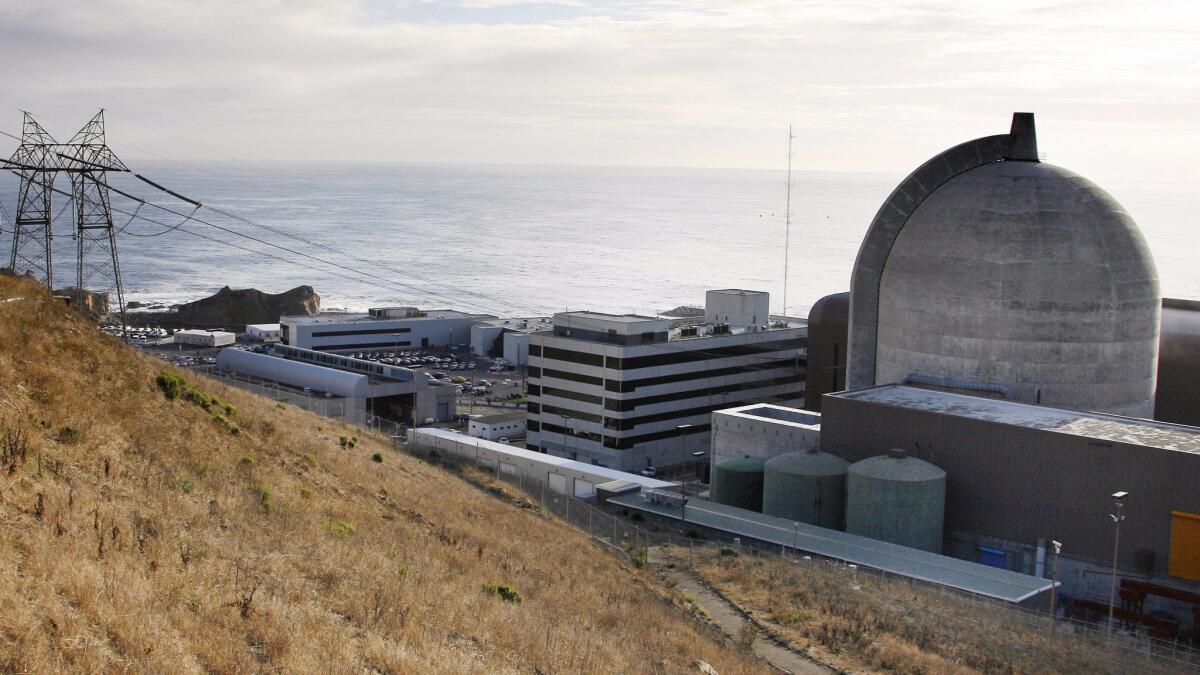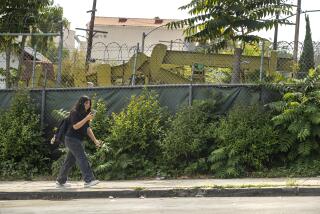Protests filed over PG&E plan to shut down Diablo Canyon nuclear plant

It’s been less than three months since Pacific Gas & Electric, along with an assortment of groups including environmentalists, announced its intention to shut down the last remaining nuclear power plant in California — Diablo Canyon.
Now the protests have been filed.
And the groups complaining range from backers of nuclear energy who want to keep the plant open to green activists eager to see Diablo’s demise but opposed to some particulars of the joint proposal PG&E has filed with the California Public Utilities Commission (CPUC).
“Nuclear power is a hotly debated issue and many people have very strong views about what should or should not be done,” said Matthew Freedman, attorney for the the Utility Reform Network (TURN), a ratepayers’ advocacy group.
Last Thursday was the last day interested parties could file protests with the CPUC regarding the particulars of the joint proposal that calls for Diablo Canyon completely halting operations by 2025.
Under the plan, the massive amount of electricity generated by the plant — some 18,000 gigawatt hours per year, which account for about 9% of in-state generation — would be replaced by a combination of more renewable energy sources and bigger contributions from energy efficiency and energy storage.
PG&E also anticipates its power burden will decrease over time as more of its customers switch from a big utility model to community-choice aggregation, which allows local governments to pool their electricity load.
TURN was one of a number of groups filing protests even though they agreed with PG&E’s joint proposal to get rid of Diablo.
“We think the plant is expensive to operate and poses ongoing risks to customers and to the environment,” said Freedman. “We do care about the environment.”
Citing the quick shutdown of the San Onofre Nuclear Generating Station, TURN said in its protest that “a lack of planning” led to an increase in natural gas-fired sources of power.
The Alliance for Nuclear Responsibility signed the PG&E joint proposal in June. But the alliance was joined by groups such as TURN that complained about PG&E’s request for “cost recovery” of $52.7 million stemming from license renewal costs that would be passed on to ratepayers over eight years.
“They never got approval from the CPUC to spend that money,” said Freedman. “They spent this money at their own discretion on a license renewal project they later decided to abandon. Customers shouldn’t be forced to pay for it.”
PG&E officials say that with the exception of the Alliance for Nuclear Responsibility, all the groups signing onto the joint proposal “support PG&E’s request for full recovery of license renewal costs.”
“The members of this diverse coalition believe this joint proposal represents the most appropriate and responsible path forward,” said PG&E spokesman Blair Jones in an email. “It supports the state’s energy vision and ensures the orderly replacement of nuclear power with other (greenhouse gas)-free resources while supporting employees and the community.”
Whether they want to close Diablo or keep it open, a number of the groups have asked the CPUC to adopt a slower schedule for discussion of the PG&E joint proposal.
PG&E has proposed starting testimony by the end of October, with a final decision by June 2017.
Nikolewski writes for the San Diego Union-Tribune.
More to Read
Inside the business of entertainment
The Wide Shot brings you news, analysis and insights on everything from streaming wars to production — and what it all means for the future.
You may occasionally receive promotional content from the Los Angeles Times.










